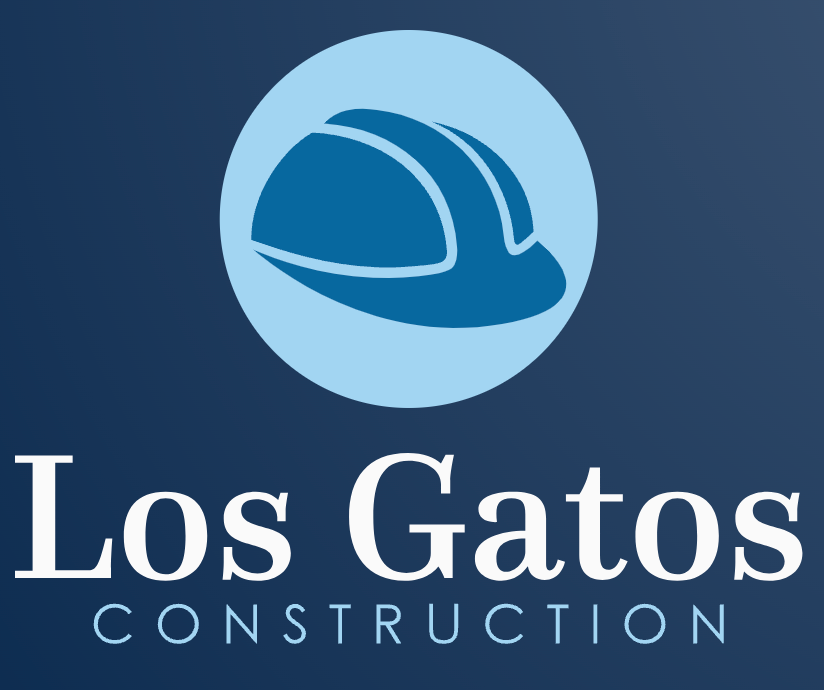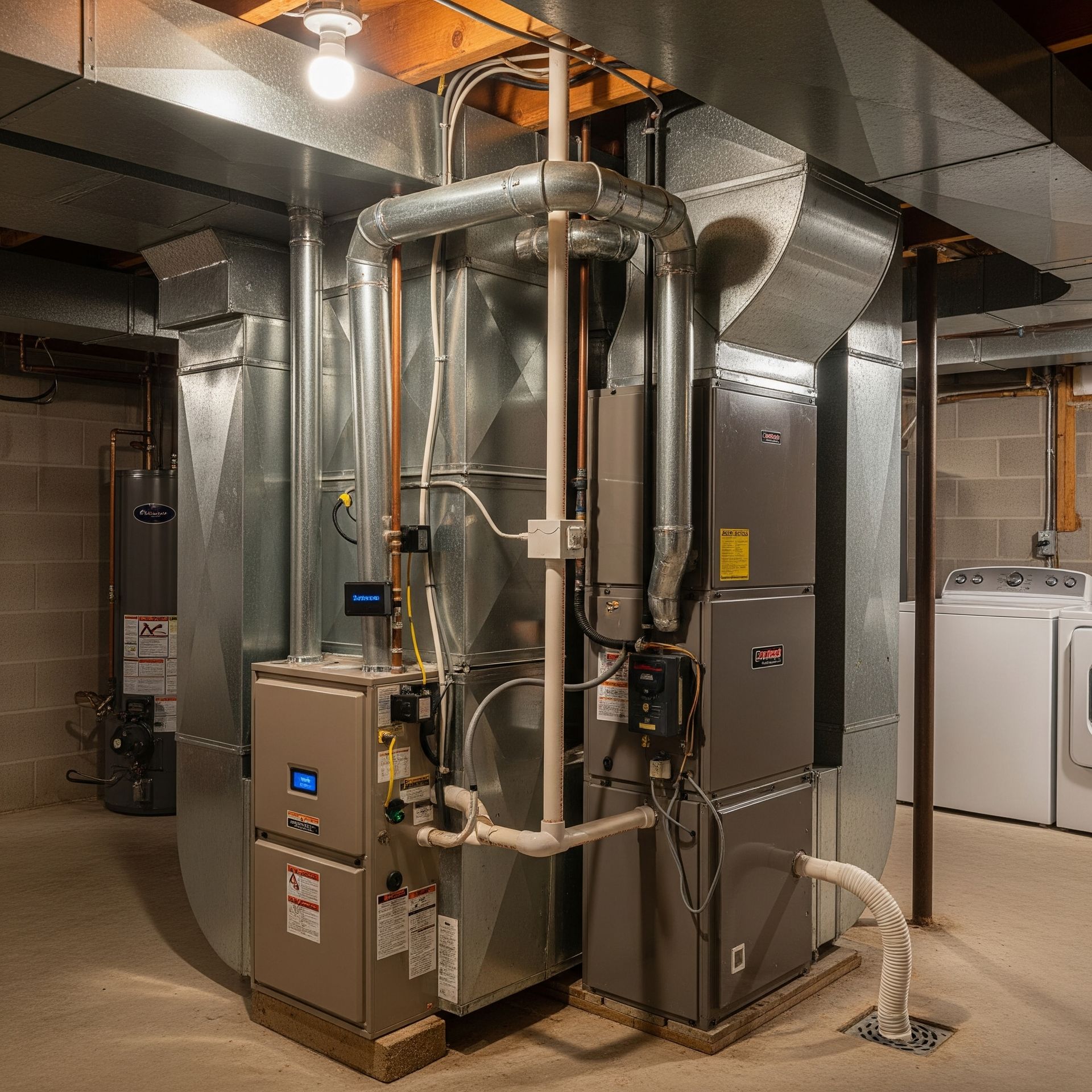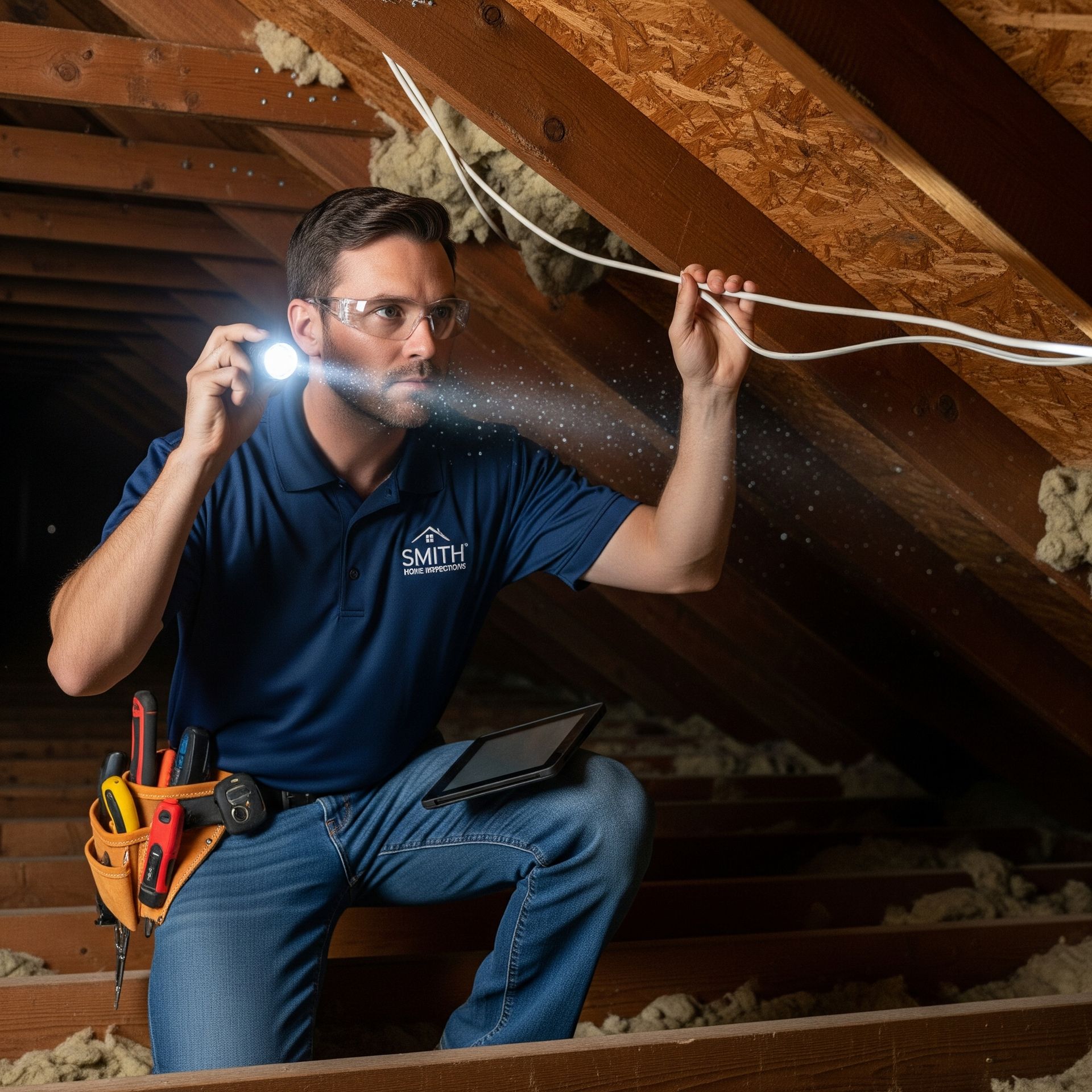How Regular HVAC Inspections Save Money and Extend Lifespan
HVAC systems are crucial for indoor comfort, regulating temperature, humidity, and air quality. Regular inspections are vital for efficient operation, preventing costly breakdowns, and extending system lifespan. Proactive maintenance by professionals identifies issues early, optimizing performance, reducing energy use, and cutting repair costs. Investing in routine checks is a smart financial and comfort decision for both homes and businesses.
Key Takeaways
- Regular inspections can detect minor issues before they escalate into expensive repairs, helping to avoid downtime and high costs.
- Improved system efficiency from clean components and proper adjustments may lower energy bills by ensuring the HVAC operates at peak performance.
- Extending the lifespan of HVAC equipment through timely maintenance can delay the need for full replacements, which are often substantial expenses.
- Enhanced indoor air quality results from inspections that include filter changes and duct cleaning, contributing to healthier living spaces.
- Safety checks during inspections can identify hazards like gas leaks or electrical problems, providing peace of mind for occupants.
- Consistent maintenance may help comply with manufacturer warranties, preserving coverage for parts and labor.
Understanding HVAC Systems and Their Components
To appreciate the role of regular inspections, it is helpful to start with the basics of HVAC systems. HVAC stands for heating, ventilation, and air conditioning, and these systems encompass a range of equipment designed to control indoor climate. In residential settings, a typical setup includes a furnace for heating, an air conditioner or heat pump for cooling, ductwork for air distribution, and thermostats for control. Commercial systems might be larger and more complex, incorporating boilers, chillers, or rooftop units.
Key components include the compressor, which circulates refrigerant in cooling modes; the blower motor, which moves air through ducts; and filters that trap dust and allergens. Over time, these parts can accumulate dirt, experience wear from constant use, or develop inefficiencies due to improper calibration. Without attention, small problems like a clogged filter can strain the system, leading to higher energy use or component failure. Regular inspections address these elements systematically, ensuring each part functions as intended. This foundational knowledge sets the stage for understanding how maintenance translates to savings and longevity, as discussed in the HVAC inspection cost and questions to ask guide.
The Importance of Regular Maintenance for HVAC Efficiency
Maintenance is the cornerstone of any reliable HVAC system. Just as vehicles need oil changes and tire rotations, HVAC units benefit from periodic check-ups to stay in top condition. Neglecting this can result in reduced performance, where the system works harder to achieve the same output, consuming more energy in the process. Regular maintenance, including inspections, helps maintain optimal operation by cleaning coils, lubricating moving parts, and verifying refrigerant levels.
One aspect of importance is energy efficiency. When components are dirty or misaligned, the system may use more electricity or fuel to heat or cool spaces. For instance, a dirty evaporator coil can reduce cooling capacity, forcing the unit to run longer cycles. Inspections catch these issues early, allowing for adjustments that restore efficiency. Additionally, maintenance supports consistent comfort levels, preventing hot or cold spots in rooms. Over the long term, this routine care contributes to a more reliable system, reducing the likelihood of inconvenient breakdowns during extreme weather, which is especially important for home safety as highlighted in why HVAC inspections matter for home safety.
How Regular HVAC Inspections Save Money
One of the primary advantages of regular HVAC inspections is the potential for financial savings. These savings come from multiple angles, starting with the prevention of major repairs. During an inspection, technicians can spot signs of wear, such as frayed belts or loose connections, and address them before they cause a complete system failure. This proactive approach often costs less than emergency repairs, which can occur at inopportune times and involve premium service fees.
Another way inspections save money is through improved energy efficiency. A well-maintained system operates with less strain, which can translate to lower utility bills. For example, cleaning air filters and ducts removes obstructions that force the blower to work harder. Similarly, ensuring proper refrigerant charge prevents the compressor from overworking, which might otherwise increase electricity usage. While exact savings vary based on system size, usage, and local energy rates, many users report noticeable reductions in monthly costs after implementing regular maintenance. These benefits are especially relevant for homeowners considering a purchase, who might review questions for a home inspector before buying to understand inspection priorities.
Inspections also help avoid the expenses associated with premature replacements. By keeping the system in good shape, you can defer the significant outlay required for new equipment. To illustrate potential areas of savings, consider the following table outlining common issues and their impacts:
| Issue Detected During Inspection | Potential Consequence if Ignored | How Inspection Helps Save Money |
|---|---|---|
| Dirty Filters | Increased energy use and strain on blower | Replacement during inspection prevents higher bills and motor failure |
| Low Refrigerant Levels | Reduced cooling efficiency and compressor damage | Recharge and leak repair avoid costly part replacements |
| Worn Belts or Bearings | System inefficiency or breakdown | Timely replacement reduces repair costs and downtime |
| Clogged Drains | Water damage or mold growth | Cleaning prevents secondary expenses like remediation |
| Electrical Issues | Fire hazards or component burnout | Early fixes avoid emergency calls and safety risks |
This table highlights how addressing problems early can mitigate larger financial burdens. Furthermore, some utility companies offer rebates or incentives for maintained systems, adding another layer of savings. Overall, the cumulative effect of these benefits makes regular inspections a cost-effective strategy.
Extending the Lifespan of Your HVAC System Through Inspections
Beyond savings, regular inspections are instrumental in extending the operational life of HVAC systems. The average lifespan of a well-maintained unit can range from 15 to 20 years, depending on the type and usage. Inspections contribute to this by identifying and correcting factors that accelerate wear. For instance, lubricating motors and fans reduces friction, which can otherwise lead to premature breakdowns.
Early detection of corrosion or leaks in components like heat exchangers prevents cascading failures that shorten system life. Technicians also calibrate thermostats and controls to ensure accurate operation, avoiding unnecessary cycling that wears out parts. Cleanliness is another critical factor; removing debris from outdoor units and coils helps maintain heat transfer efficiency, reducing overall stress on the system.
In addition, inspections often include recommendations for upgrades, such as programmable thermostats, which can further enhance longevity by optimizing run times. By following these suggestions, users can maximize the durability of their equipment. This extension not only postpones replacement costs but also provides consistent performance over more years, enhancing the return on the initial investment in the system. Many of these practices align with tips in the San Jose housing inspections guide for maintaining a property’s value.
What to Expect During a Professional HVAC Inspection
Knowing what happens during an inspection can demystify the process and encourage scheduling. A typical inspection lasts one to two hours and covers both indoor and outdoor components. The technician starts with a visual assessment, checking for obvious signs of damage or leaks. They then test electrical connections, ensuring voltage and amperage are within safe ranges.
Next, they clean or replace filters, inspect ducts for blockages, and verify airflow. For cooling systems, refrigerant levels are measured, and coils are cleaned if needed. Heating components, like burners or heat exchangers, are examined for cracks or buildup. The process concludes with a system test run to confirm proper operation and efficiency.
Homeowners can prepare by clearing access to units and noting any unusual noises or odors. This preparation aids the technician in providing a thorough service. Understanding these steps highlights the comprehensive nature of inspections, which go beyond simple checks to ensure holistic system health. For older homes, many of these issues can overlap with the common problems in old houses and their solutions.
Scheduling Inspections: Timing and Frequency Recommendations
Timing is crucial for effective HVAC inspections. Experts generally recommend scheduling them twice a year: once in the spring for cooling preparation and once in the fall for heating readiness. This biannual approach aligns with seasonal changes, allowing technicians to address weather-specific concerns.
Factors influencing frequency include system age, usage intensity, and local climate. Older units or those in dusty environments may benefit from more frequent checks. It is also wise to inspect after major events like storms, which could introduce debris. Choosing a reputable service provider ensures quality, and many offer maintenance plans that include scheduled visits at discounted rates.
By adhering to a consistent schedule, you can maintain system reliability throughout the year. This routine not only supports efficiency but also integrates seamlessly into overall home maintenance practices.
DIY Maintenance Tips to Complement Professional Inspections
While professional inspections are essential, some DIY tasks can supplement them and help maintain your system between visits. Start with monthly filter changes, which keep air flowing freely and reduce dust buildup. Clean outdoor units by removing leaves and debris, ensuring at least two feet of clearance around them.
Monitor thermostat settings and batteries, and listen for unusual sounds that might indicate issues. Vacuum vents and registers to minimize indoor dust. However, avoid tasks requiring specialized tools or knowledge, like refrigerant handling, to prevent safety risks or system damage.
Combining these simple actions with professional services creates a balanced maintenance strategy. This approach empowers homeowners while relying on experts for in-depth evaluations.
Frequently Asked Questions
How often should I schedule HVAC inspections?
It is generally recommended to have inspections twice a year, in spring and fall, to prepare for seasonal demands. Frequency may vary based on system age and usage.
What is the typical cost of an HVAC inspection?
Costs can range from $75 to $200 per visit, depending on location, system complexity, and provider. Maintenance plans often reduce this expense.
Can I perform HVAC inspections myself?
You can handle basic tasks like filter changes and cleaning vents, but professional inspections are advised for thorough assessments and safety.
What are common signs that my HVAC system needs an inspection?
Signs include unusual noises, inconsistent temperatures, higher energy bills, or weak airflow. Addressing these promptly can prevent further issues.
Do regular inspections affect my HVAC warranty?
Regular professional maintenance often helps maintain warranty coverage, as many manufacturers require proof of upkeep for claims.
Final Thoughts
In summary, regular HVAC inspections offer a practical way to manage costs and enhance system durability. By incorporating them into your routine, you can enjoy efficient operation, improved comfort, and fewer surprises. While individual results vary, the educational value of understanding your system empowers better decisions.
Consider consulting a
local professional to tailor a plan that fits your needs, ensuring long-term benefits for your home or business. If you’re ready to schedule an inspection or have questions, feel free to contact us today to get expert assistance.










